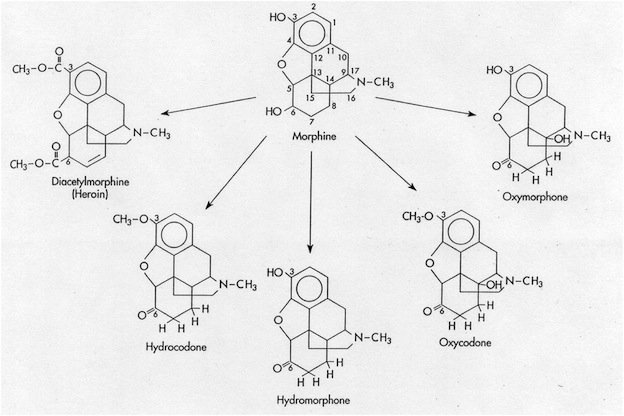
Drug Schedules – A Review of the Facts
NOTE: This article contains a smidgen of science. The children of irrationality operating on the 6,000 year old planet notions may find this hard to follow.
Amid all the falsehoods being presented regarding the Medical Marijuana bill and the Governor’s kowtow to Minnesota Law Enforcement perhaps an intellectually honest review is worth a minute or two of your time. As a reminder, this author is adamantly averse to foisting the dispensing of marijuana on the medical community, to wit physicians.
The real questions revolve around these so called schedule designations, how many schedules are there, to what “drugs, substances” do they apply, and why don’t schedules apply to substances like corn syrup? Can you say diabetes type II? Now that is a long slow killer but certain to take life in the end and abused daily by most.
So, let us review.
First and foremost recognize the only Schedule I drugs are those big pharma doesn’t market. Naturally occurring materials are in the Schedule I list because you know, the hand of man needs free market enterprise.
Schedule I is considered the worst… but any chemist worth his while will state that opiates originate from the same source, poppy plants. Technically heroin is the acetyl ester of morphine making heroin more fat soluble in the body. Once there it hydrolyzes to form morphine. Nature’s way delivers an effective dosage via the bloodstream and fat.
Some opiates are more processed (by pharma) than the others. Can you say “mark up”? And did you note that morphine didn’t make any schedule… a curious factoid indeed. It’s used all the time in hospice, and it is a good thing it is available, but a curious thing that it is not scheduled. It cannot be abused nor is it addictive? Dilaudid is there, a morphine derivative… close but no banana.
Oh, and how come the drug alcohol isn’t scheduled? Abused, yes. Addictive, yes. Oh the web we weave when we practice to deceive.
No point in belaboring this argument. If you haven’t squared it up in you mind yet you probably never will. Pop a few of pharma drugs and go back to your lassitude.
Schedule I
Schedule I drugs, substances, or chemicals are defined as drugs with no currently accepted medical use and a high potential for abuse. Schedule I drugs are the most dangerous drugs of all the drug schedules with potentially severe psychological or physical dependence. Some examples of Schedule I drugs are:
heroin, lysergic acid diethylamide (LSD), marijuana (cannabis), 3,4-methylenedioxymethamphetamine (ecstasy), methaqualone, and peyote
Schedule II
Schedule II drugs, substances, or chemicals are defined as drugs with a high potential for abuse, less abuse potential than Schedule I drugs, with use potentially leading to severe psychological or physical dependence. These drugs are also considered dangerous. Some examples of Schedule II drugs are:
cocaine, methamphetamine, methadone, hydromorphone (Dilaudid), meperidine (Demerol), oxycodone (OxyContin), fentanyl, Dexedrine, Adderall, and Ritalin
Schedule III
Schedule III drugs, substances, or chemicals are defined as drugs with a moderate to low potential for physical and psychological dependence. Schedule III drugs abuse potential is less than Schedule I and Schedule II drugs but more than Schedule IV. Some examples of Schedule III drugs are:
Combination products with less than 15 milligrams of hydrocodone per dosage unit (Vicodin), Products containing less than 90 milligrams of codeine per dosage unit (Tylenol with codeine), ketamine, anabolic steroids, testosterone
Schedule IV
Schedule IV drugs, substances, or chemicals are defined as drugs with a low potential for abuse and low risk of dependence. Some examples of Schedule IV drugs are:
Xanax, Soma, Darvon, Darvocet, Valium, Ativan, Talwin, Ambien
Schedule V
Schedule V drugs, substances, or chemicals are defined as drugs with lower potential for abuse than Schedule IV and consist of preparations containing limited quantities of certain narcotics. Schedule V drugs are generally used for antidiarrheal, antitussive, and analgesic purposes. Some examples of Schedule V drugs are:
cough preparations with less than 200 milligrams of codeine or per 100 milliliters (Robitussin AC), Lomotil, Motofen, Lyrica, Parepectolin
If you made it this far riddle me this;
What Schedule would you put corn syrup under?
Thanks for your feedback. If we like what you have to say, it may appear in a future post of reader reactions.


